Far from Heaven, Safe, Superstar: The Karen Carpenter Story
Far from Heaven, Safe, Superstar: The Karen Carpenter Story
Three Screenplaysby Todd Haynes
Copyright 2003 by Todd Haynes For All We Know by Robb Wilson, James Griffin, and Fred Karlin.
Copyright 1970 Songs of Universal, Inc. (BMI). All rights reserved. Used by permission. Rainy Days and Mondays lyrics by Paul Williams, music by Roger Nichols.
Copyright 1970 ALMO MUSIC CORP. Copyright Renewed.
All Rights Reserved.
Used by Permission. Sing words & music by Joe Raposo. Copyright 1971, 1972 by Jonico Music, Inc.
Copyright Renewed. Rights in the USA administered by Green Fox Music, Inc.
Rights outside the USA administered by Jonico Music, Inc. (They Long to Be) Close to You lyrics by Hal David, music by Burt Bacharach.
Copyright 1963 (Renewed) Casa David and New Hidden Valley Music.
International Copyright Secured. All Rights Reserved.
Weve Only Just Begun words and music by Roger Nichols and Paul Williams.
Copyright 1970 IRVING MUSIC, INC. Copyright Renewed. All Rights Reserved. Used by Permission. Description of anorexia reprinted with permission from the Diagnostic and Statistical Manual of Mental Disorders, Third Edition. Copyright 1994 American Pyschiatric Association.
Superstar words and music by Bonnie Sheridan and Leon Russell.
Copyright 1970 by Embassy Music Corporation (BMI) and Stuck On Music.
International Copyright Secured. All Rights Reserved. Reprinted by Permission. All rights reserved. No part of this book may be reproduced in any form or by any electronic or mechanical means, including information storage and retrieval systems, without permission in writing from the publisher, except by a reviewer, who may quote brief passages in a review. Published simultaneously in Canada
Printed in Canada FIRST EDITION Library of Congress Cataloging-in-Publication Data
Haynes, Todd. [Screenplays. [Screenplays.
Selections] Far from heaven ; Safe ; and, Superstar : three screenplays / Todd Haynes. p. cm eBook ISBN-13: 978-1-5558-4777-7 1. Carpenter, Karen, 19501983Drama. 2. 3. 3.
African American menDrama. 4. Race relationsDrama. 5. Women singersDrama. 6.
Suburban lifeDrama. 7. HousewivesDrama. 8. Gay menDrama. I.
Title: Safe. II. Title: Superstar. III. Far from Heaven. Title. Title.
PS3558.A8627A6 2003
812.54dc2l 2003049077 Grove Press
841 Broadway
New York, NY 10003
Contents
Three Screenplays: An Introduction
Godard once said that photography is the truth, and film is the truth twenty-four times a second. Later, a character in one of Fassbinders films would reply that film, in fact,
lies twenty-four times a second. And since everything is lies, it is, therefore, also the truth. From the beginning, it seems, this questionor curseof authenticity has loomed over the history of film like a vague religion, forming divisions of faith among filmmakers and viewers alike. While Godard and Fassbinder were both Europeans schooled in Marxist politics and Hollywood cinema, the tools they chose to tell their stories couldnt be farther apart. For Godard political content is presented directlytruthfullyand is used to dismember his narratives.
For Fassbinder, its the straits of narrative itselfthe implicit social critique he finds, for example, in popular melodramathat illuminate his social and political concerns. For whatever truths might be conveyable on film, they are still subject to a machinery of production that must remain hidden: a man behind the curtain, calling the shots. Disguise, in other words, is built-in. Like Oscar Wilde wrote, in the era of cinemas birth: Give the man a mask and hell tell you the truth. Which is why, I suppose, despite my infinite regard for the work of both these directors, I too have always believed in the lie. , true-life pop tragedy conceived for a cast of Barbies; Safe, the cryogenic disease movie about a woman who becomes allergic to the twentieth century; and Far from Heaven, a domestic melodrama that rekindles the 1950s of Douglas Sirk.
These are my womens filmstwo features and an oblong shortthat belong to one another as much as they do to me. In a way they are sisters, and if there exists between them a sisterhood of sorts, aligning them as stories about women or even experiments in form, the imprint of feminism would clearly be at its core. From my first encounter with the invigorating notion of gender as a product of ideology, feminist theory has left an indelible mark on my own criticaland creativethinking. As far as I knew, at least until the emergence of AIDS in the late 1980s, there was really no study of homosexuality that could rival the complexityand diversityof feminist thought, from its incorporation of Marx and Freud to its reexamination of film and society. For me, everything that I questioned about what it meant to be a manand how much my sexuality would perpetually challenge those meaningscould be found in arguments posed by feminists. What can I say? I identified.
And identification, for all three of these films, is critical. Not merely my own identificationwith Karen, or Carol, or Cathybut identification itself: that compulsive narrative drive to inhabit what we see (which always seems to function best when were not noticing). Identification has many official definitions, most of them deriving from the psychoanalytic model, where the ability to identifyto see ourselves outside ourselvesis what first determines the notion of self. And many theorists of film have applied this model to the experience of watching movies. Identification, they suggest, not only connects us to the protagonist onscreen but, at a deeper level, through our implicit understanding of cinematic language, to a basic sense of ourselves as cohesive subjects. And formally speaking, most films attempt to do just that.
Our identification is aligned with the mobility and success of the central character, so that we feel affirmed by their very centrality. The adherence of these conventions in classic Hollywood films to various social (and sexual) norms has been the focus of a wealth of feminist writing on the subject. So to whatever degree identification is organized around patriarchal lines, most forms of narrative film resolve themselves around some kind of stability, some resumption of social order, as a reward for our investment. But what would happen if this procedure were interrupted, if the narrative gears subsumed by our identification were quietly revealed? Would blowing their cover necessarily destroy our emotional connection? Or is our need to identify strong enough to bend, strong enough even to allow a glimpse of how were feeling what were feelingeven while were feeling it? In all three of these films, each of which inflicts upon its heroine a dangerous upheaval, identification itself is put in peril. In each case there is something that stands between the central character and ourselves, some impediment to free immersion that clogs the system and turns identification into each storys silent wager. Perhaps the most emblematic example of this occurs in Superstar, in which the use of dollscombined with many viewers ironic regard for the Carpenterspretty much rules out any expectation of a deep investment.
But investment was precisely the point. And somehow I felt that by carefully embracing a well-known genrein this case the rise-and-fall, pop star biopicthe desire to identify could even succumb to an ensemble of plastic. So it was a testament to the power of narrative form, which sets the gears of identification in motion, combined with the viewers intense desire to comply, that
Next page

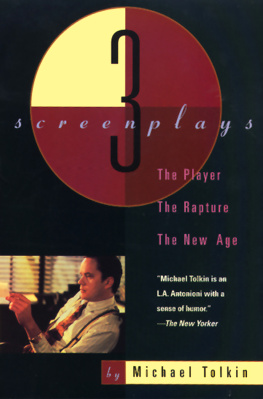

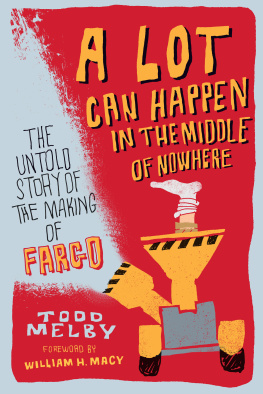

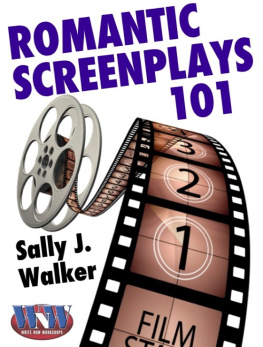
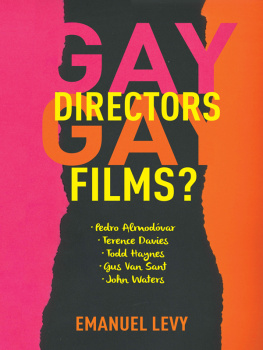
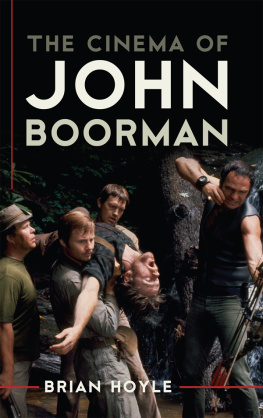
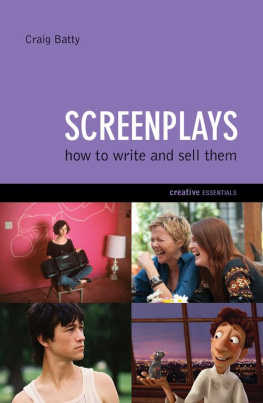
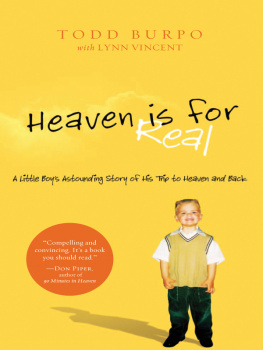
 Copyright 2003 by Todd Haynes For All We Know by Robb Wilson, James Griffin, and Fred Karlin.
Copyright 2003 by Todd Haynes For All We Know by Robb Wilson, James Griffin, and Fred Karlin.